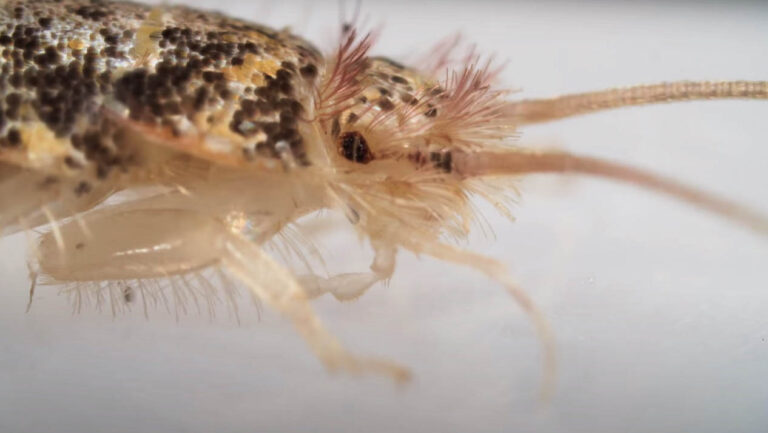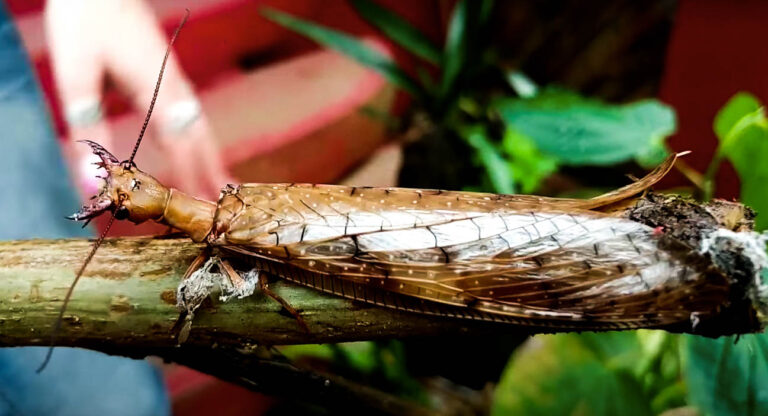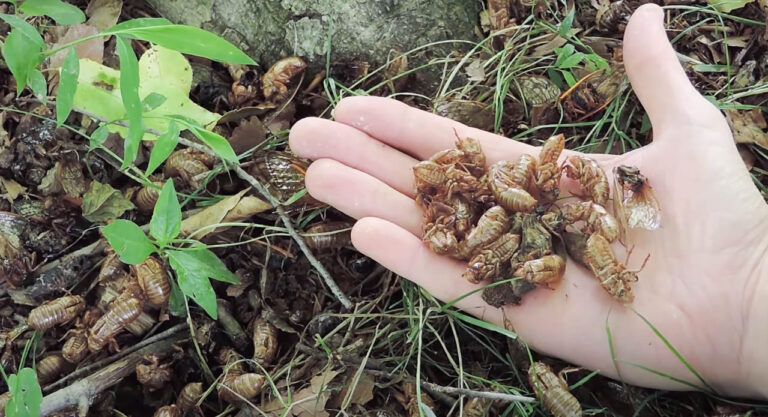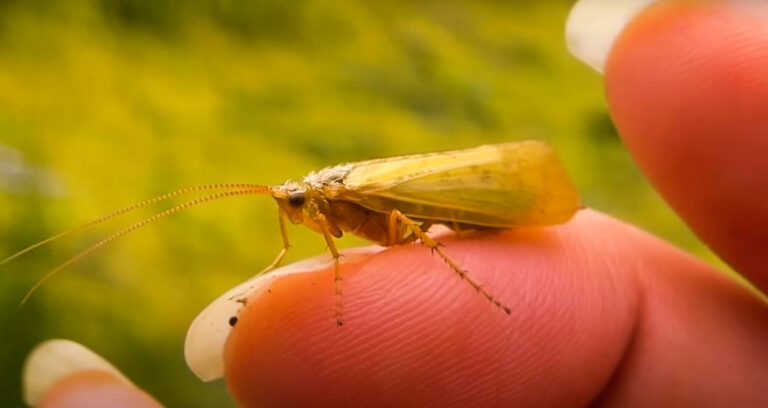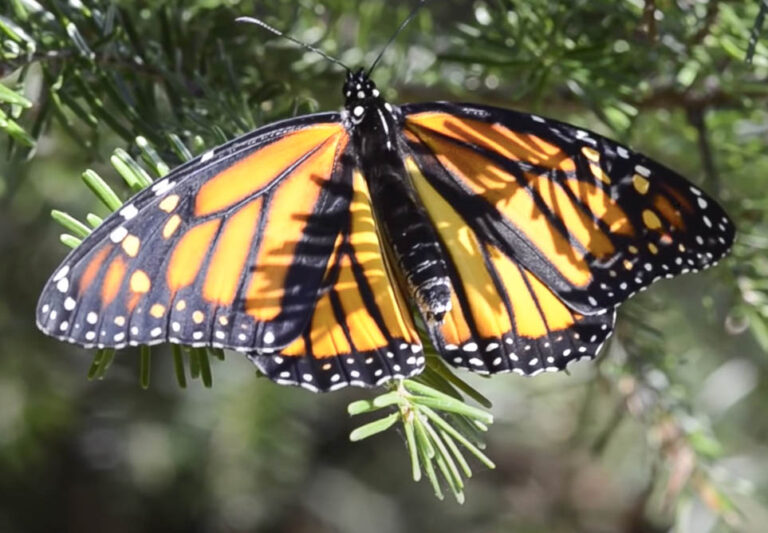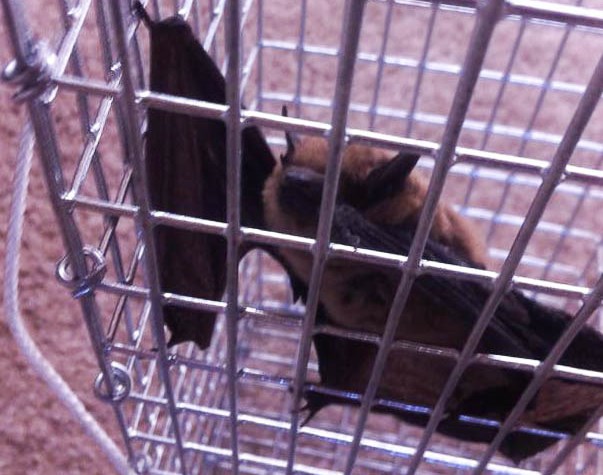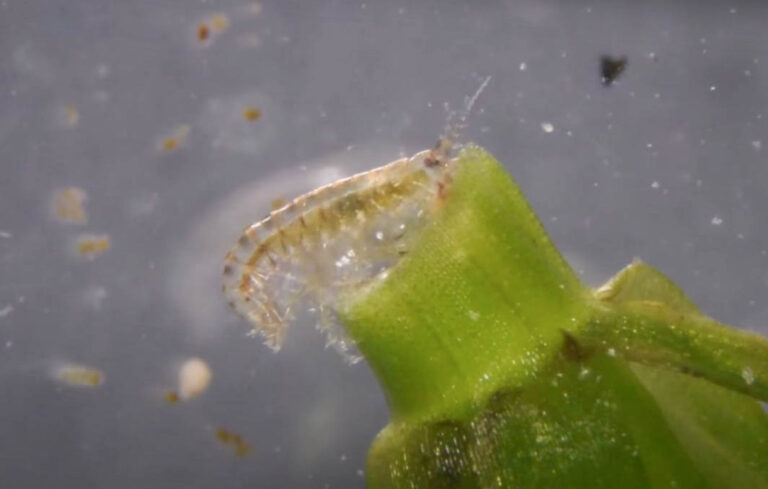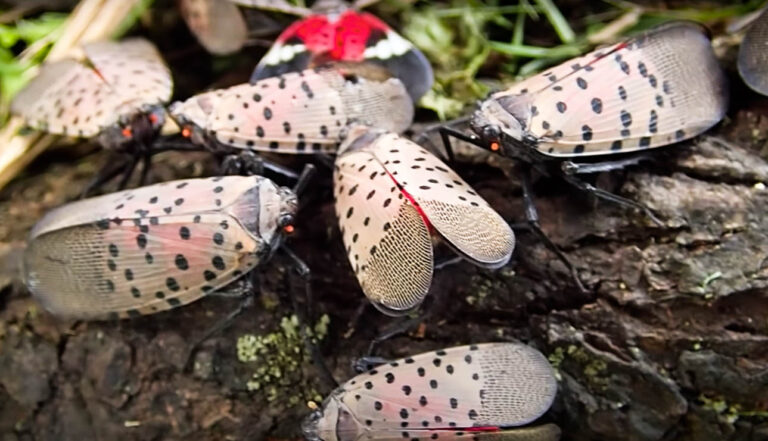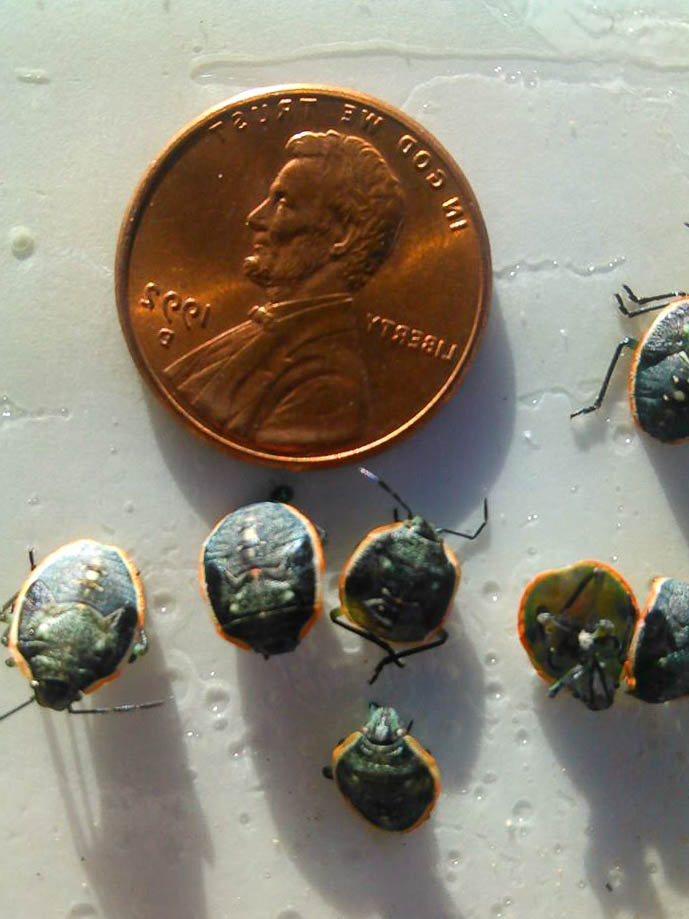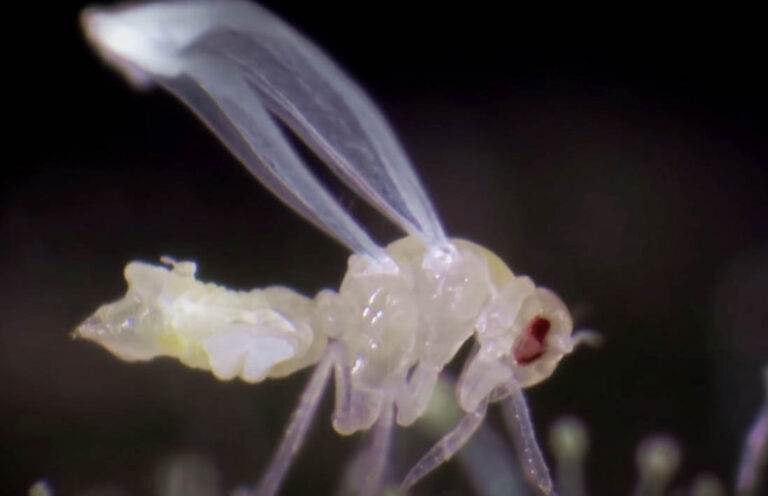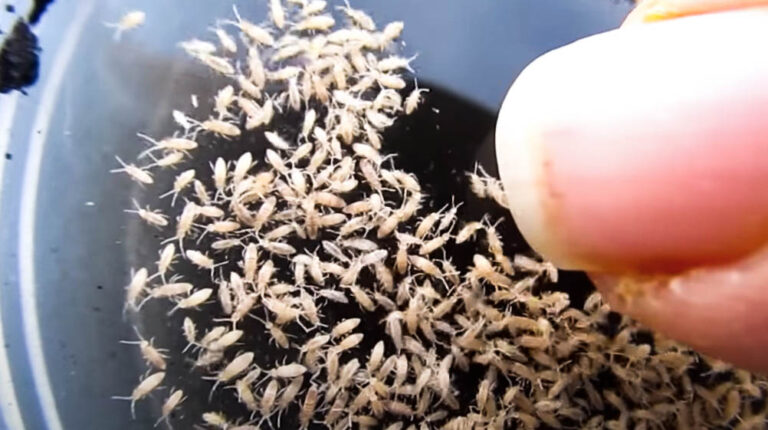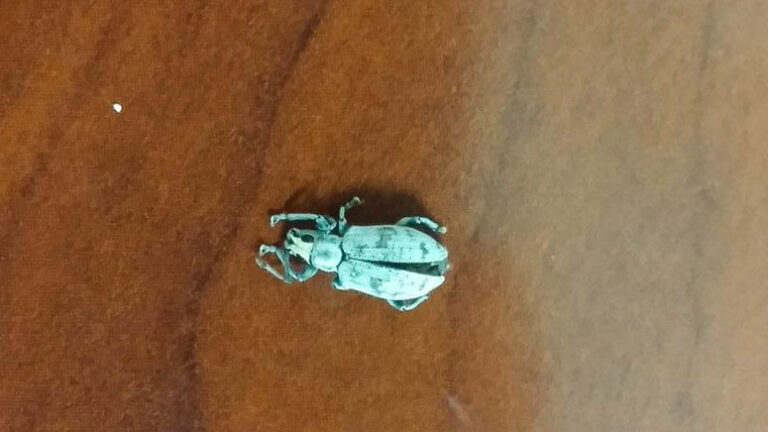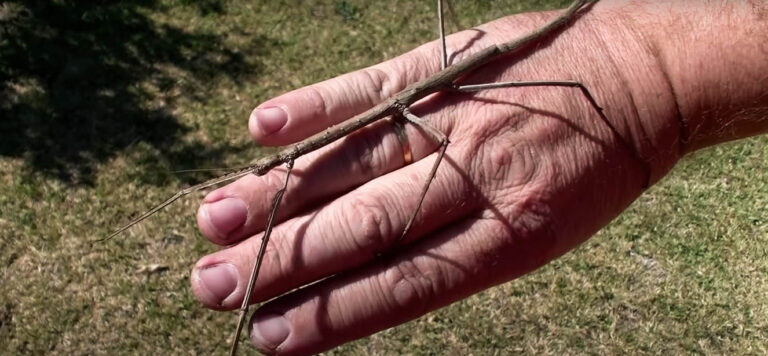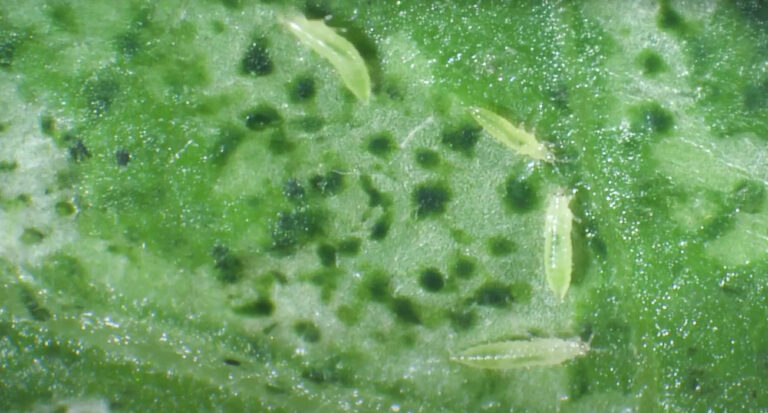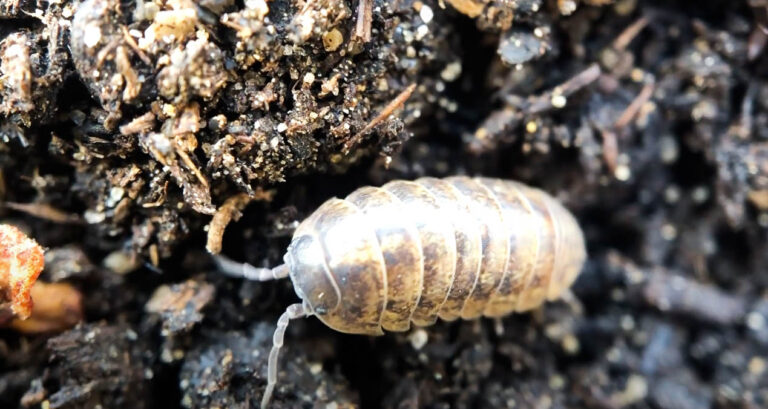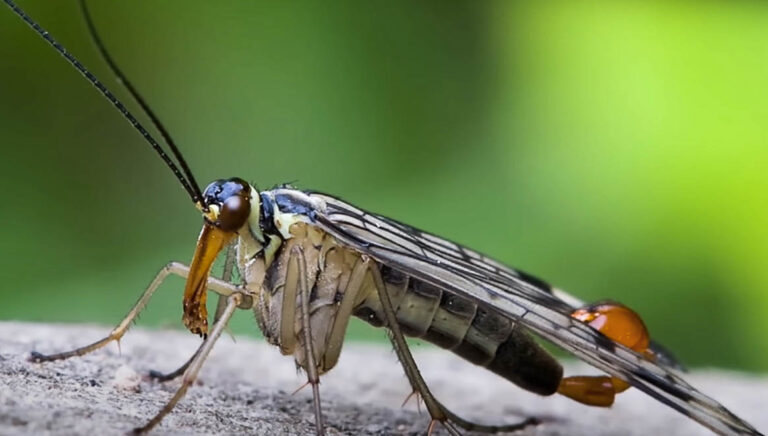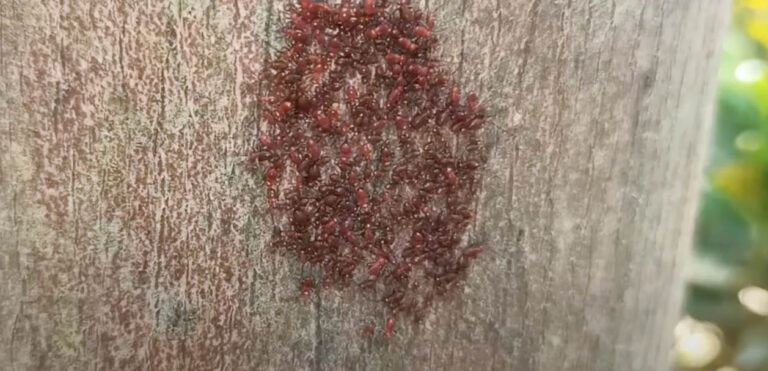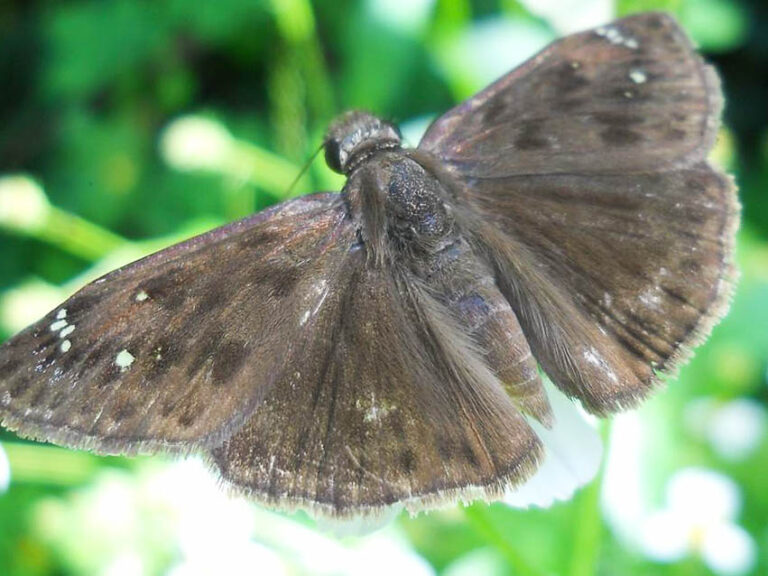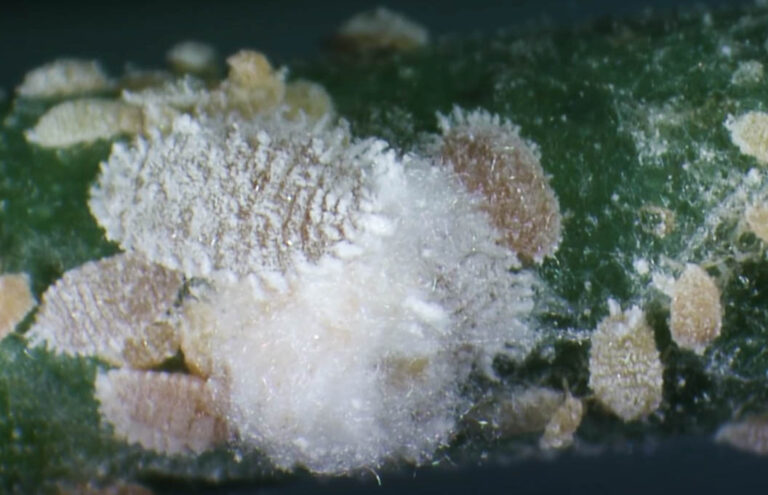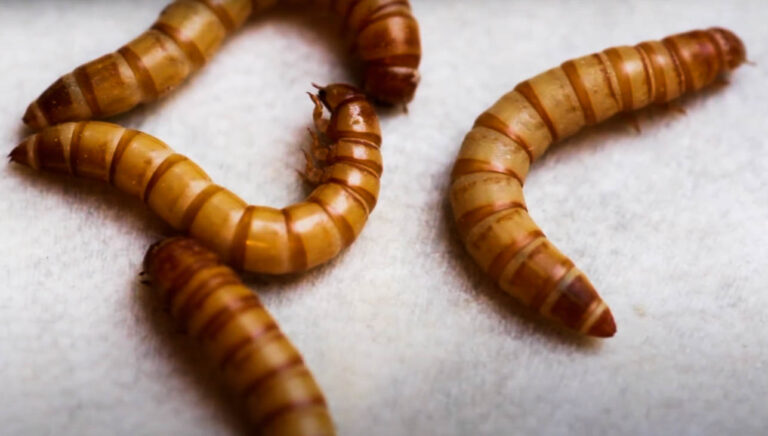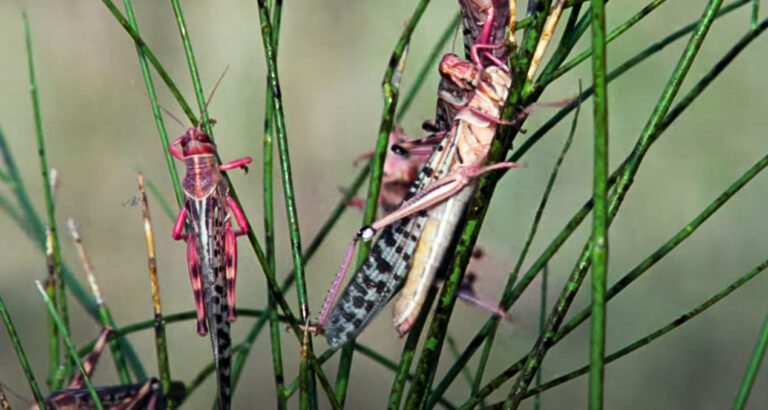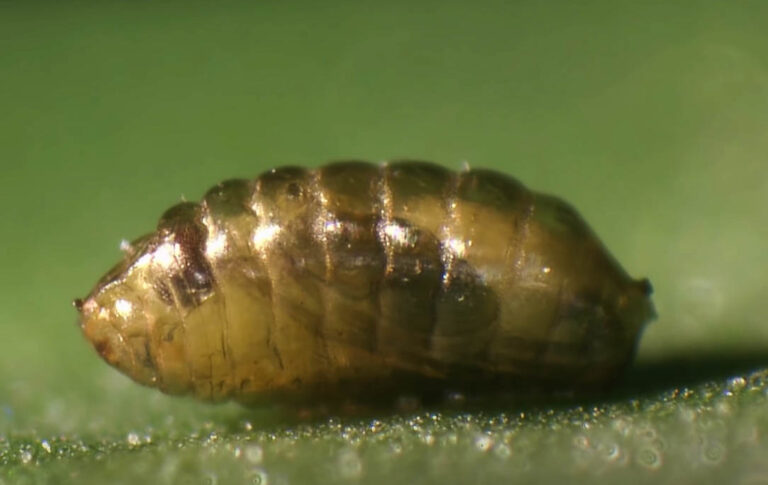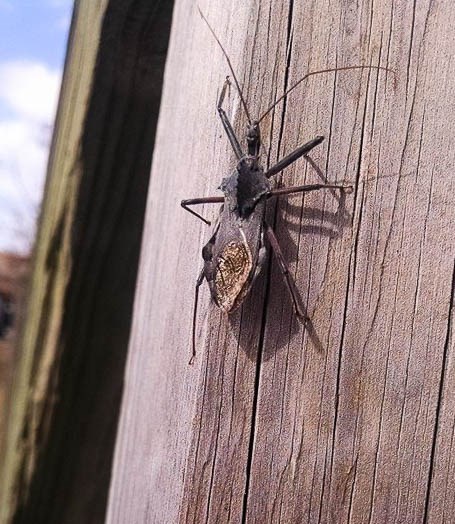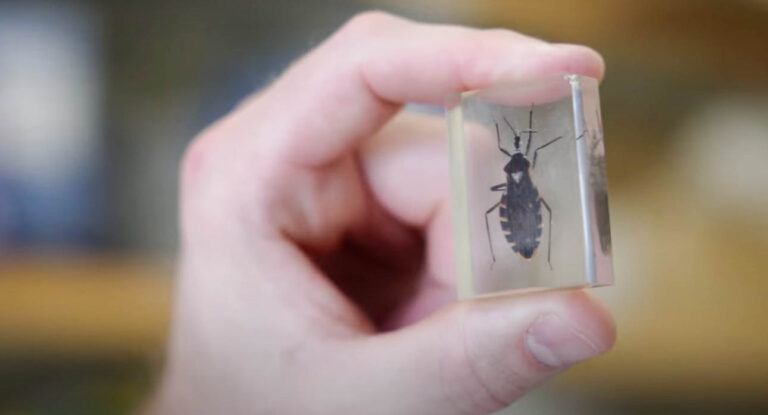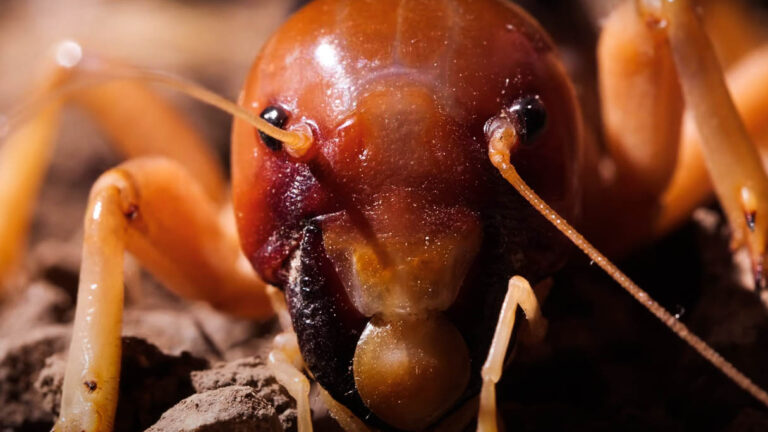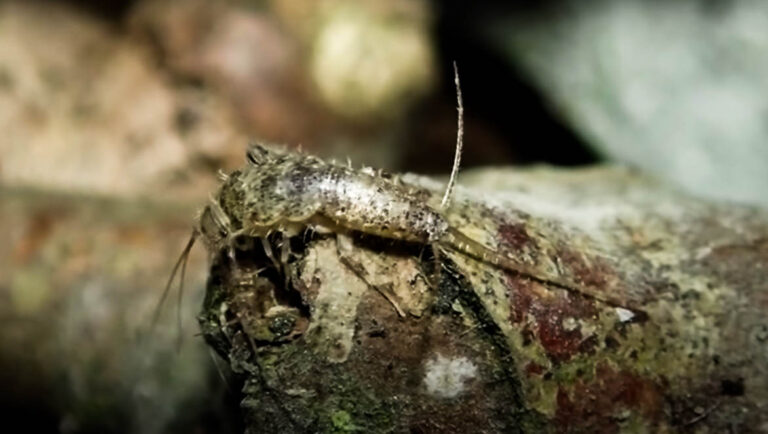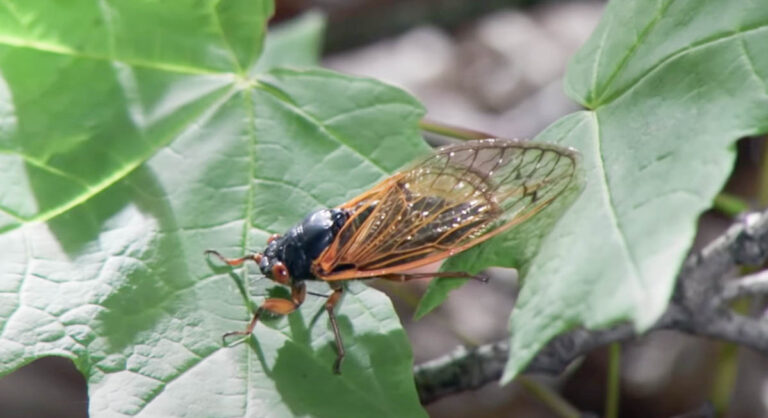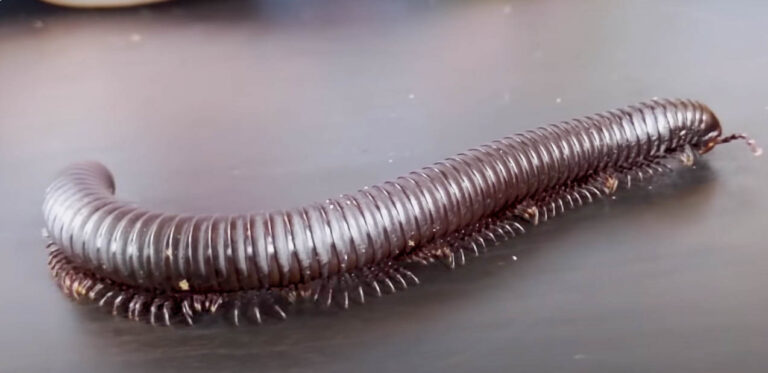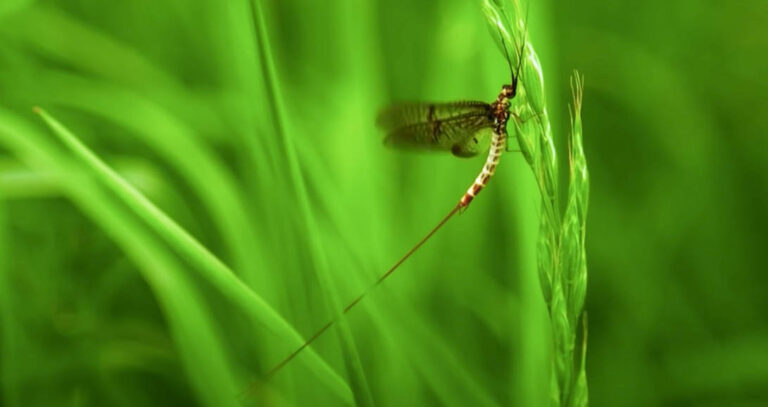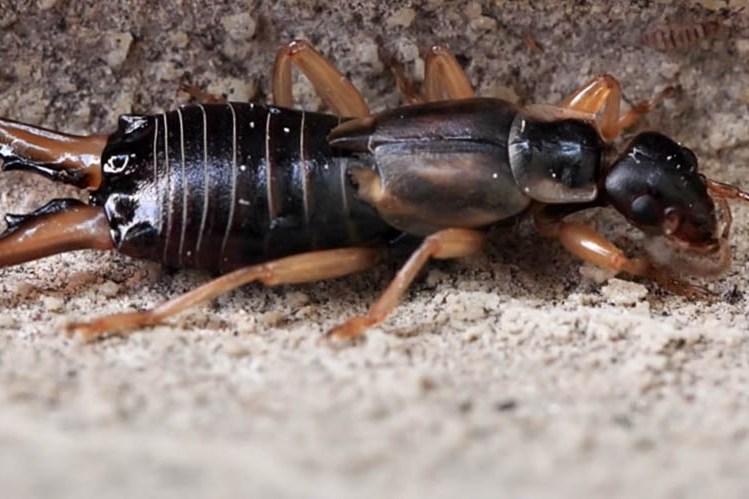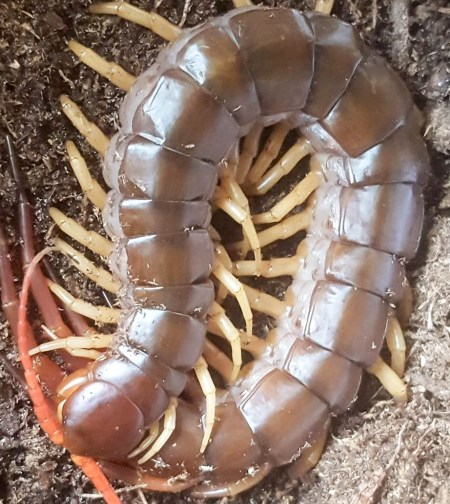About Kissing Bugs
About Kissing Bugs
Kissing bugs, also called conenose bugs, are members of the Reduviidae insect family. This family is commonly referred to as assassin bugs, because of the amount of other insects they kill. Kissing bugs are actually an exception to that rule however. Continue reading to learn more about kissing bugs and how you can control them if they come into your home.
Appearance
The kissing bug has a unique body shape and they come in varying lengths between half an inch and an inch. This insect has a round, bulky body with a much smaller, cone-shaped head, hence the name conenose. They are generally all black or a dark brown. Some species can have varying colors on their abdomen, such as tan, red or yellow markings. Kissing bugs have six legs that all come out of the sides of their bodies. In fact, all six legs are closer to the head than they are the back of the bug. Conenose bugs also have two large, dark antennae that come out of the front of their heads.
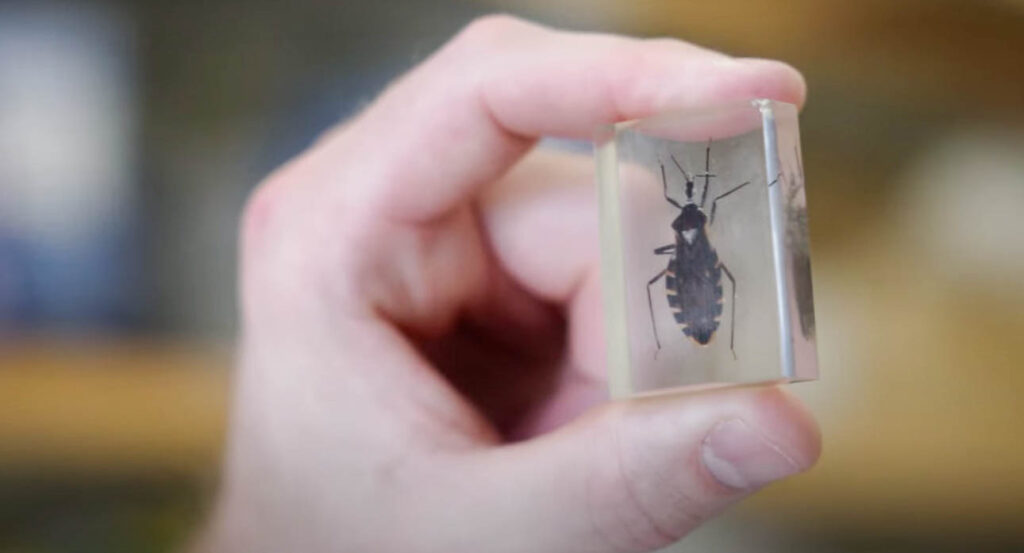
Behavior
One of the most frightening characteristics of the kissing bug involves their feeding habits. These insects are unlike their fellow ‘assassin bug’ family members, in that they feed on the blood of vertebrates, such as mammals and birds. In fact, they get their name because they most commonly target the mouth and lips of humans when they decide to feast on humans. The kissing bug is generally a nocturnal insect, as they like to hide during the day and feed on animals by night. When it comes to reproduction, female conenose bugs lay eggs in the spring in protected areas out of the way of light and danger. Once these eggs hatch, the nymphs that emerge continually go through stages of shedding their skin until they become mature adults.
Habitat
The kissing bug is found throughout the United States and North America, though they are rarely seen. This is due to the fact that their habitats are generally not near human habitation. Like most insects, these creatures like to live as close to their food sources as possible. For this reason, the kissing bug’s most common habitat is in the den of whatever animals they are feeding on. Pack rat burrows, raccoon dens, and opossum dens are common places to find these insects, as they are a major source of food. While they generally stay away from humans, they can relocate to human inhabited areas. They will live wherever they can find a food source, so dog houses, firewood stacks, the insides of garages, and various other places can be a home for kissing bugs.
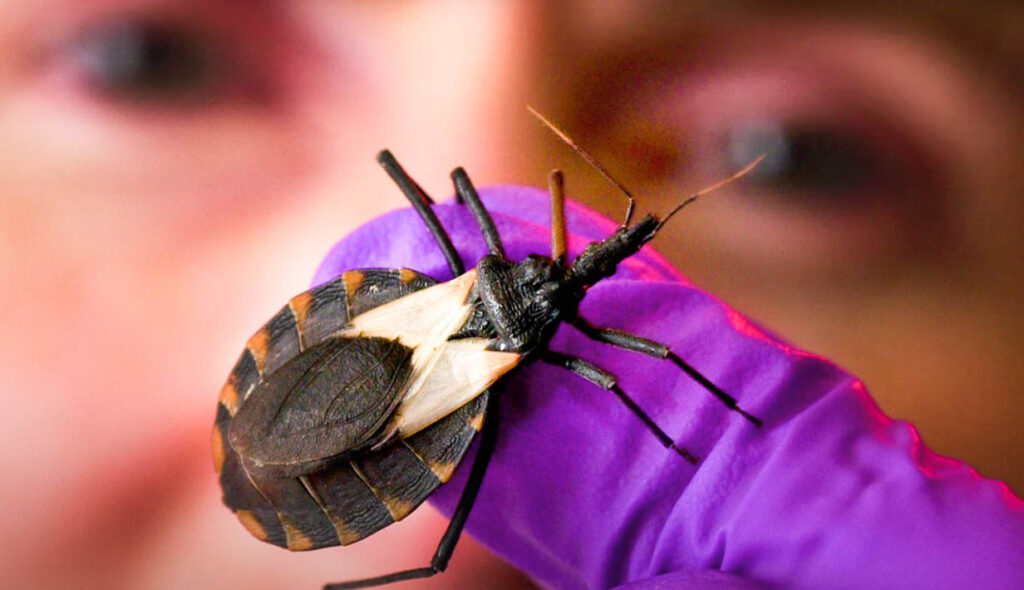
Damage They Cause
Kissing bugs do not cause damage to homes or belongings, as they only feed on blood. It is for this reason precisely that homeowners worry about this insect inhabiting their home and property. While it may seem scary, these bugs rarely cause disease to humans, though they are capable of transmitting various diseases through their feces. The bites may itch or cause minor pain, but they are generally not an issue unless an allergic reaction occurs due to the insect’s saliva. Since these bugs are nocturnal, humans likely will not know that they were being bitten unless they notice the bites in the morning.
Infestation Signs
Since the kissing bug is nocturnal, it may be rare that a homeowner will see the actual bugs in person. If a light is on at night, there is a chance that they will move towards it, as they are attracted to light. One of the most obvious signs that you have a potential infestation would be finding bites on yourself for many days in a row. It can be hard to identify exactly what insect or critter gave you each particular bite, so you may need to consult a doctor if you are concerned. If you are just routinely checking to make sure you do not have kissing bugs, there are a couple of good places to look. These include bedrooms, closets, bathrooms, attics, utility rooms, and
kitchens, as they always want to be close to their food source, which in this case, would be humans.
How to Get Rid of Them
With the health risks that kissing bugs pose to your family and pets, it is wise to get rid of them as quickly as you can. One of the best options you will have is purchasing a human and pet- safe insecticide that effectively kills all species of conenose bugs. If you cannot seem to get your infestation under control or you would prefer someone else to do it, consider calling a pest control service instead.

